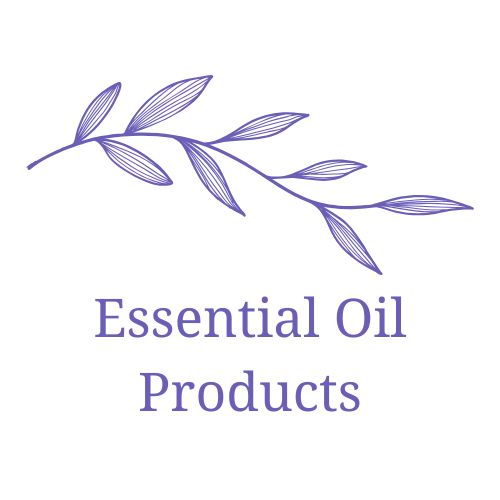Your cart is currently empty!
Analyzing Glass vs PET Aluminum Oil Bottles for Optimal Performance
Glass vs PET Aluminum Oil Bottle: Comprehensive Analysis
When it comes to packaging oils, selecting the right container is vital for preserving their quality. The choice between glass vs PET aluminum oil bottle can significantly impact oil stability and scent purity. This article delves into a detailed comparison of these materials, focusing on their scientific implications and environmental impacts.
Understanding Oil Stability
Oil stability refers to how well the oil maintains its original properties over time, which directly influences its flavor, aroma, and efficacy. Different packaging materials can have varying effects on this stability. Research indicates that both glass and aluminum containers provide superior performance by protecting oils from factors such as light, air, and temperature fluctuations.
PET (polyethylene terephthalate), while lightweight and resistant to breakage, often allows oxygen permeation, which can accelerate oxidation, thereby compromising the quality of oils sensitive to these elements. A notable study conducted by the University of California found that essential oils stored in PET could lose significant potency compared to those enclosed in glass or aluminum after just a few months.
Moreover, the importance of UV protection for essential oils cannot be overstated. Glass excels in this regard, offering complete opacity that shields contents from harmful UV rays, whereas clear PET containers increase the risk of degradation under sunlight exposure. This makes glass particularly suitable for premium oils like lavender and tea tree oil, known for their volatile compounds.
Migration and Leaching Studies
The concerns related to chemical leaching from packaging materials are crucial to consider. Various studies highlight the risk associated with different container types when filled with essential oils. For example, a report published in the Journal of Hazardous Materials indicated that certain substances from plastic containers may migrate into oils, potentially altering their composition and efficacy.
By contrast, glass remains inert, effectively eliminating risks of contamination through migration. This quality solidifies its status as a favored choice for high-quality essential oils that depend on integrity and purity. On the other hand, while many PET products are deemed safe, they might still pose a risk, especially in products with minimal shelf life or higher aromatic concentrations.
Aromatherapy Packaging Material Impact
For aromatherapy enthusiasts and formulators, the choice of packaging material carries profound implications. The packaging plays a critical role not only in protecting the product but also in enhancing its aromatic qualities. When considering the aromatherapy packaging material impact, one must evaluate how different materials influence scent retention.
Here, glass stands out due to its impermeability, ensuring that the compounds responsible for scent remain untouched by external influences, thus maintaining their authenticity. Aluminum, while effective, can interact with some essential oil components, leading to altered scent profiles in specific formulations. Brands like Young Living emphasize their use of glass for essential oils, highlighting the benefits on product integrity and consumer preference.
Sustainability Considerations: Glass, PET, and Aluminum
As consumers increasingly demand environmentally friendly options, understanding the sustainability profiles of packaging materials becomes paramount. Sustainable packaging trends indicate that glass is frequently hailed as the most eco-friendly option due to its recyclability and reusability possibilities. It boasts a longer lifecycle compared to PET, largely derived from fossil fuels, which presents substantial challenges during recycling.
Aluminum, in turn, receives commendation for being infinitely recyclable without a loss of quality; however, the production process of aluminum is carbon-intensive, typically leaving a larger carbon footprint than that of glass. Therefore, in weighing long-term environmental effects, glass emerges as a sustainable champion, especially for brands adopting zero-waste packaging solutions, including companies like Aesop and doTERRA.
How to Choose the Right Oil Packaging Material
To select the best container for your oils, it’s crucial to balance several factors including stability, safety, and sustainability. Here are some guidelines to consider:
- Evaluate the Oil Type: Determine the sensitivity and stability of your oil to dictate appropriate packaging. For example, citrus oils thrive in glass containers due to their susceptibility to oxidation.
- Consider Usage Context: Are you distributing in bulk or single-use? HoReCa (hotel, restaurant, and café) businesses may prefer aluminum for its portability, while individual sellers often opt for glass to convey premium quality.
- Focus on Environmental Impact: Review available options for sustainability if eco-friendliness is a priority. Many consumers today prefer brands committed to reducing their carbon footprint.
- Research Brand Credentials: Ensure your suppliers use materials that meet industry standards for safety and environmental responsibility, potentially looking for certifications such as FDA approval or ISO certifications.
Final Thoughts: Weighing Packaging Options
Choosing between the glass vs PET aluminum oil bottle ultimately hinges on the specific demands of the product being packaged. Each material has unique attributes catering to different aspects of oil preservation, scent management, and environmental responsibility. Making an informed decision helps enhance the oil’s longevity while aligning with sustainability practices in today’s marketplace. As we continue to evolve towards more conscientious consumption, understanding these details empowers both buyers and formulators to make choices that positively impact both their products and the planet.

Leave a Reply